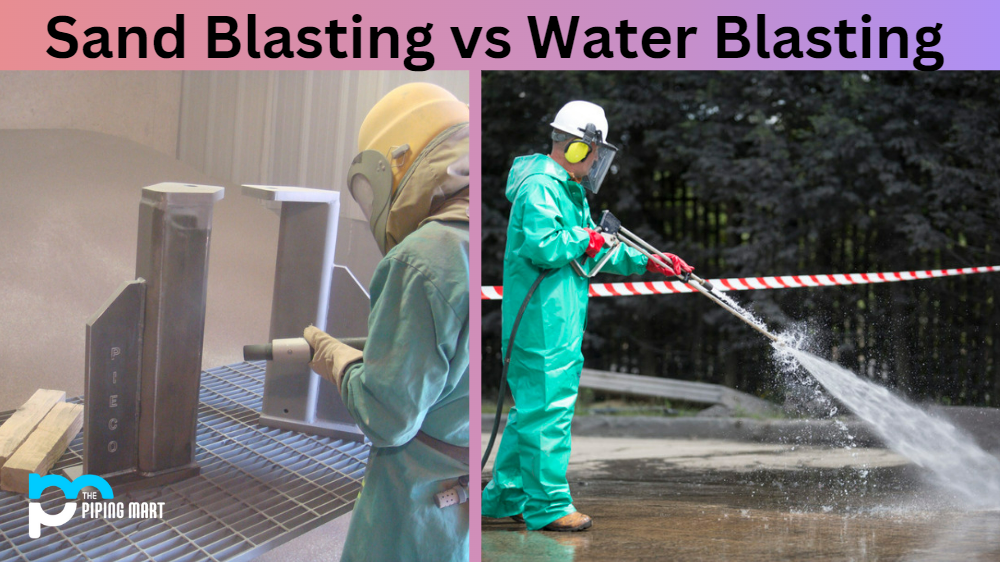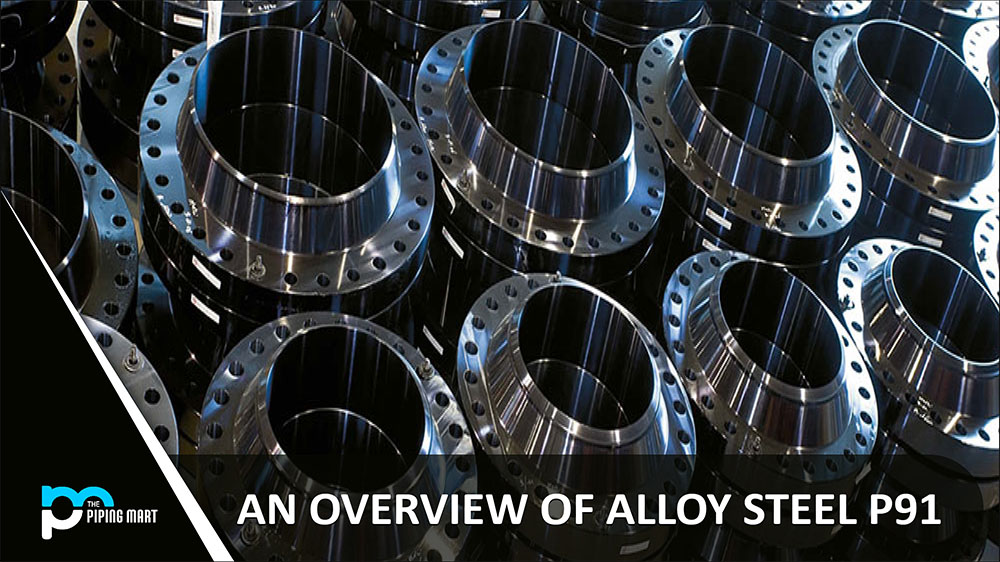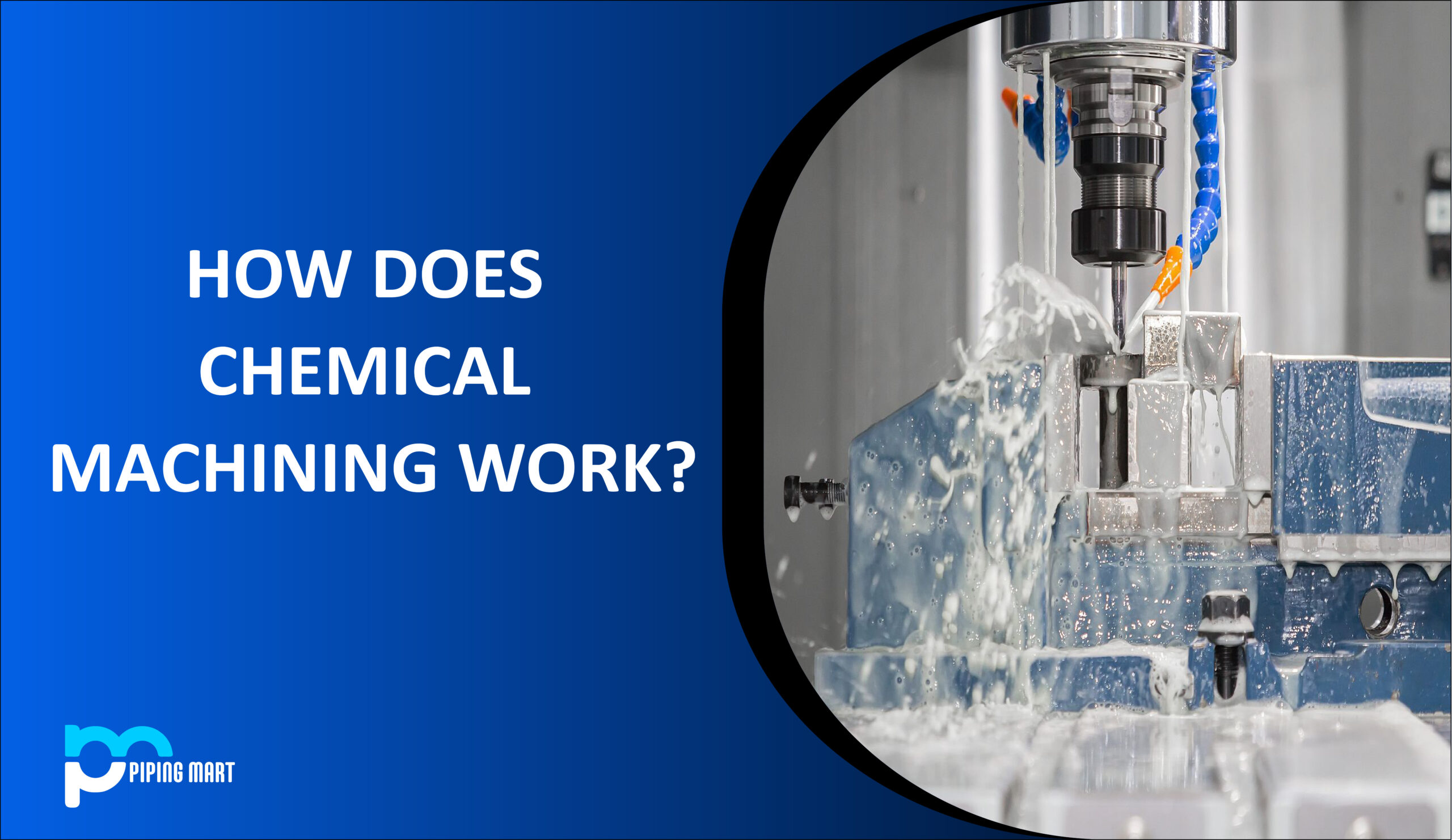Casting is a process used to shape metal into the desired shape or form. Several different casting processes are available, including sand casting and permanent mould casting. But what exactly is the difference between these two processes? Let’s look at how each of these techniques works and their advantages and disadvantages.
Sand Casting
Sand casting is a process that involves creating a mold out of the sand and then pouring molten metal into the mold. The metal will take on the shape of the mold and will solidify as it cools. Sand casting is a relatively simple process and can be used to create large, complex shapes.
Permanent Mold Casting
Permanent mould casting is a process that involves creating a mold out of metal or another material that can withstand high temperatures. The molten metal is then poured into the mold and allowed to cool. Permanent mold casting is more expensive than sand casting but can be used to create more precise shapes.
Difference Between Sand Casting and Permanent Mold Casting
Sand Casting Explained
Sand casting is one of the most common methods used for metal casting. It involves using sand as a moulding material to form a cavity in which molten metal is poured. The sand is held together by a binding agent such as clay or resin, which helps it maintain its shape while the molten metal is poured into it. The advantage of this method is that it can be used to make complex shapes, although it also has some drawbacks, such as high porosity (the presence of air bubbles). Sand casting also produces parts with rough surfaces that require additional finishing work after they are cast.
Permanent Mold Casting Explained
Permanent mould casting is another type of metal casting process that involves pouring molten metal into reusable moulds made from steel or other metals. This process offers several advantages over different types of casting, such as higher production rates, better surface finish quality, and less residual stress in parts produced via permanent mould casting compared to those produced via sand casting. Permanent mould castings are often used for products where precision and accuracy are essential, such as engine blocks and compressor housings for automotive engines.
Advantages of Sand Casting
One advantage of sand casting is that it is relatively inexpensive. Additionally, sand casting requires less precision than permanent mold casting to create larger, more complex shapes.
Advantages of Permanent Mold Casting
One advantage of permanent mold casting is that it can be used to create more precise shapes. Additionally, permanent mold casting can be used to produce large quantities of the same object quickly and efficiently.
Disadvantages of Sand Casting
One disadvantage of sand casting is that it can be difficult to remove the object from the mold because sand is not very strong. Additionally, sand castings are less precise than permanent mold castings and may have imperfections.
Disadvantages of Permanent Mold Casting
One disadvantage of permanent mold casting is that it is more expensive than sand casting. Additionally, permanent mold castings may not be as strong as those made with sand castings because they are not as dense.
Conclusion:
As you can see, there are significant differences between sand casting and permanent mould casting when it comes to cost-effectiveness and quality of production. While sand casting produces more intricate shapes but results in less precise parts due to porosity issues, permanent moulding offers higher production rates with better surface finish quality and less residual stress in the parts produced via this method. For those looking for precision parts with intricate details, both processes should be considered before deciding which one will best suit their needs. Whatever your choice may be, understanding the differences between them will help ensure you get the best possible results from your project!

Abhishek is a seasoned blogger and industry expert, sharing his insights and knowledge on various topics. With his research, Abhishek offers valuable insights and tips for professionals and enthusiasts. Follow him for expert advice on the latest trends and developments in the metal industry.




